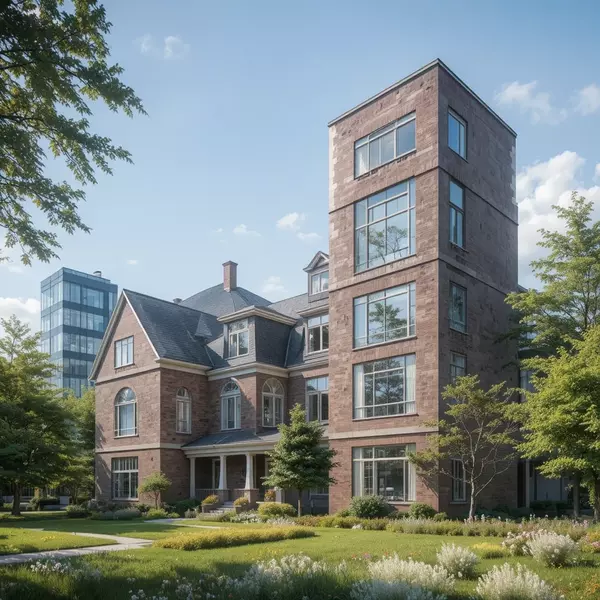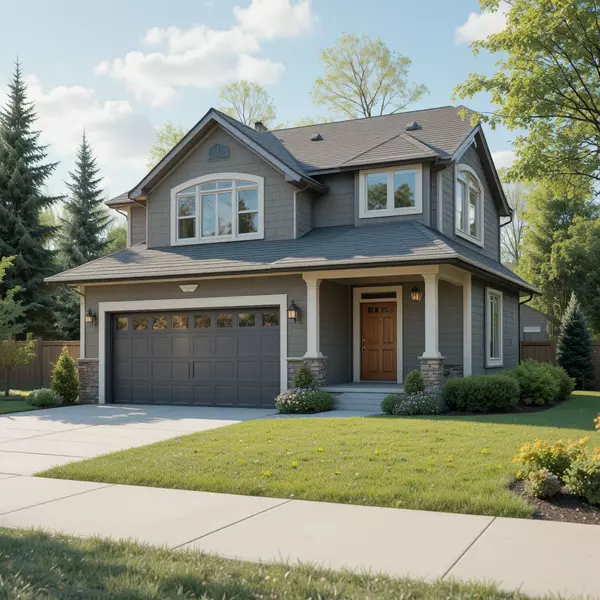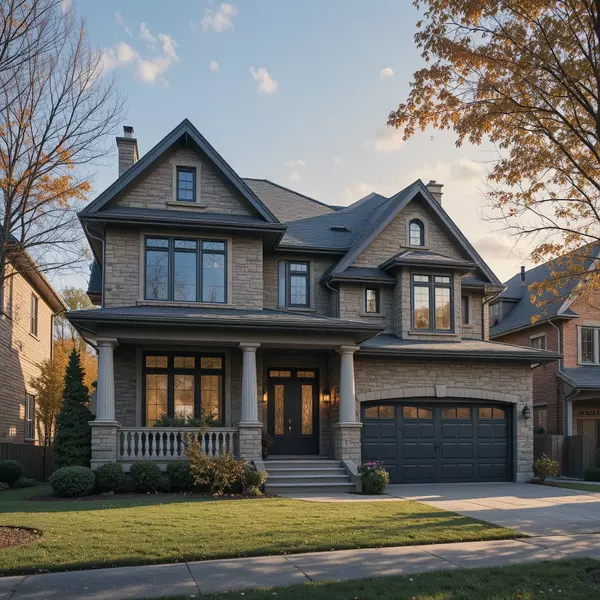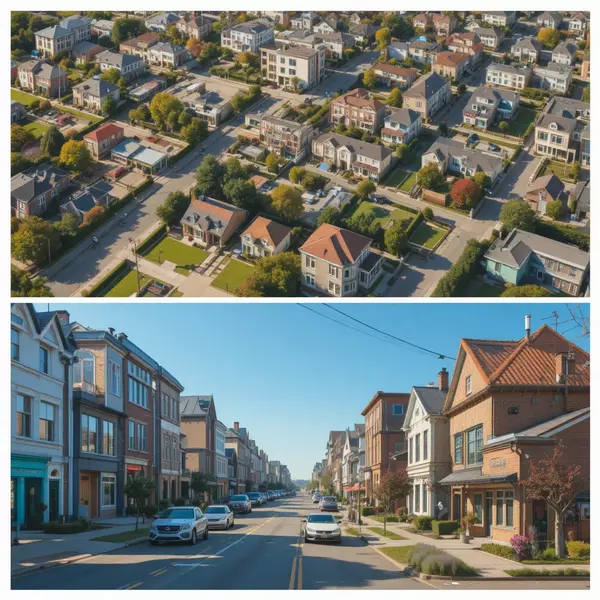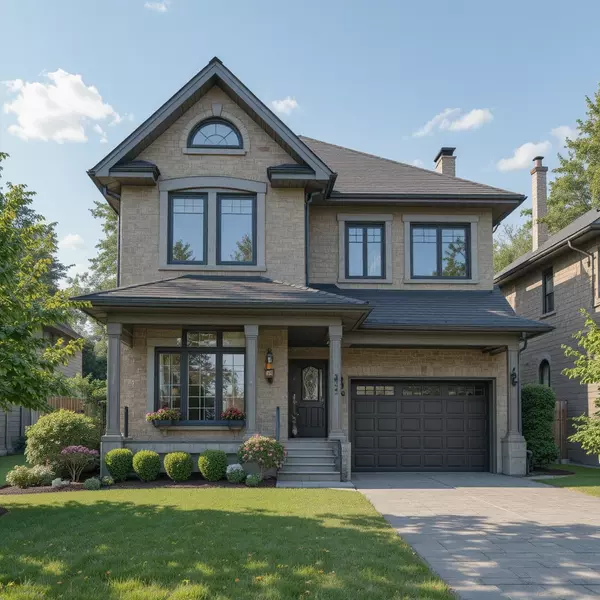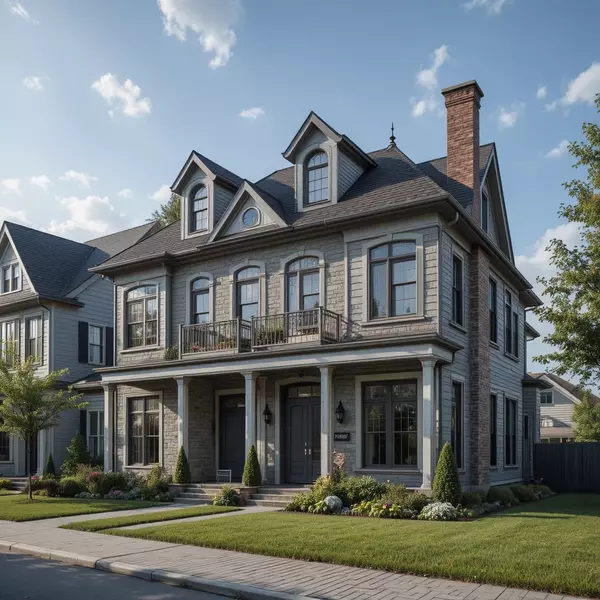The Pros and Cons of Flipping Homes

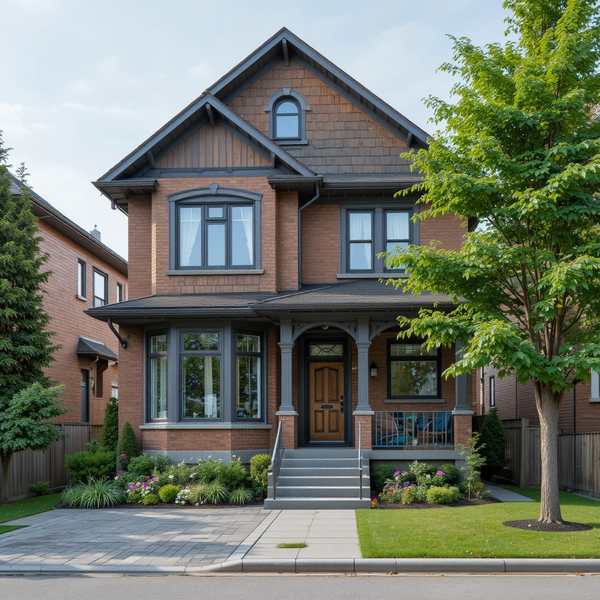
Flipping houses, the practice of buying a property, renovating it, and selling it quickly for a profit, is one of the most high-profile yet misunderstood strategies in real estate. Driven by popular culture, the allure of realizing a significant return in a short timeframe is powerful. However, flipping is fundamentally a short-term, active business venture, not a passive investment. It involves a unique blend of construction management, market timing, and capital risk, making it a strategy with both substantial potential rewards and serious inherent dangers.
Pros: Potential for Rapid, High Returns
One of the most attractive benefits of flipping is the speed and size of the potential profit. Unlike traditional rental investments, where returns are accrued slowly over years through cash flow and appreciation, a successful flip can generate a large lump sum profit in a matter of months. This accelerated timeline is highly appealing for investors seeking to rapidly grow capital or fund other long-term ventures. A well-executed renovation in a hot market can quickly increase the home's value far beyond the initial cost plus renovation expenses.
Cons: High Financial Risk and Unexpected Costs
The primary disadvantage of flipping is the significant financial risk involved. Flippers rely heavily on accurate initial valuation, precise renovation budgeting, and a fast, profitable exit. If the market slows unexpectedly during the renovation period, the expected profit margin can vanish, turning a gain into a loss. Furthermore, construction projects are notoriously prone to unexpected costs, such as discovering mold, structural issues, or outdated electrical/plumbing systems buried behind walls. These unforeseen expenses can quickly consume the entire budget and profit margin.
The Necessity of Active, Intensive Management
Flipping is an active business requiring intensive management, not a passive investment. The flipper must wear multiple hats: market analyst, project manager, contractor, designer, and salesperson. Success hinges on a streamlined construction timeline; every day the property sits unsold or under renovation is a day the holding costs (mortgage interest, utilities, insurance) erode the eventual profit. This time-intensive nature means the flipper's return is essentially payment for their labor, skill, and risk, rather than passive capital growth.
The Challenge of Market Timing and Liquidity
Successful flipping is highly dependent on favorable market timing. The property must be purchased at a discount in a neighborhood with high demand, and the sale must occur quickly while buyer sentiment is strong. Flippers face a significant liquidity risk; if the renovated home fails to sell quickly, the investor is stuck with a non-liquid asset that is rapidly accumulating holding costs. This pressure often forces flippers to accept a lower offer than desired just to get the property off the books, directly cutting into their ROI.
Conclusion: Flipping as a Business, Not a Hobby
Ultimately, flipping homes should be viewed as a specialized, short-term business operation demanding expertise, capital, and a high tolerance for risk. For investors with a strong background in construction, reliable contractor teams, and a deep understanding of local market trends, flipping can be a lucrative venture. However, for the inexperienced or those seeking passive wealth generation, the unpredictable nature of renovation timelines, unexpected costs, and reliance on perfect market timing make traditional long-term rental investments a far more stable and reliable path.
Categories
Recent Posts
